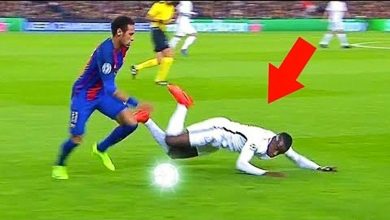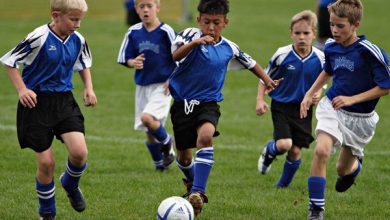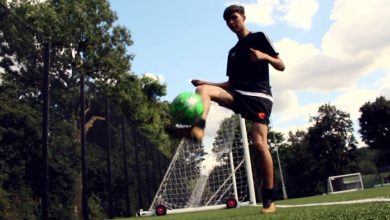How to Choose Kids’ Goalkeeper Gloves

Choosing goalkeeper gloves involves selecting the right size, material, shape, cut, and price. While adults can try on different models to establish what suits them best, kids may not be able to make a decision without some advice.
Here, we’ll offer several tips on choosing the right kids’ goalkeeper gloves.
Size
The correct size means more comfort, better protection, and an excellent grip. If you purchase kids’ goalkeeper gloves that are too big, your child may not be able to catch the ball correctly. In contrast, if you get gloves that are too small, your child will experience discomfort.
Every pair of gloves has the size stated on the packaging. Typically, the sizes range from two to eight:
- Size two is for five-year-old children
- Size three is for six-year-old children
- Size four is for children around the age of seven and eight
- Size five is for nine-year-old children
- Sizes six and seven are for children between the ages of nine and 12
- Sizes eight and above are for children over the age of 13
Keep in mind this is just a general size guide. There are variations among different styles and designs. For that reason, be sure to double-check before purchasing.
Measure the circumference of the widest part of your child’s palm (without thumbs) and add one inch to get an idea of the right size. Plus, don’t forget there should be some space between the fingers and the top of the gloves for maximum comfort. Ideally, the space should be 1/2 inch but no less than ¼ inch.
Cut
Besides the size, you need to pay attention to the cut of the gloves. There isn’t a universal answer regarding the best cut – it all depends on your child’s preferences.
Nowadays, you’ll find numerous types of cuts on the market. Generally, the roll finger cut is considered traditional and offers excellent grip without being restrictive. The negative cut provides a tighter feel and is more suitable for skinnier hands. If your child wants extra comfort, the flat palm cut may be a good fit.
Since small children often can’t determine what suits them best, choosing the right cut can be tricky. We recommend trying out multiple cuts before making a decision.
Latex
Latex is the material on the palm of kids’ goalkeeper gloves. It provides comfort, protection, and a good grip. Hence, choosing the right type is vital.
The three most common latex types are Super Soft, Mega Grip, and Giga Grip.
Super Soft latex is considered standard. It works well when dry, so it’s perfect for higher temperatures. Unlike the other two types, Super Soft isn’t sticky.
Mega Grip is also called the “high performance” latex. It performs best when slightly wet and is usually more affordable than Giga Grip gloves. Kids’ goalkeeper gloves featuring this latex type are traditionally better for training purposes.
Giga Grip provides an excellent grip, but it needs to be damp to work. Many prefer it because it provides extra comfort.
Environment
Besides the physical characteristics of the gloves, the environment is one of the essential factors to consider. Think about where your child will train and play matches. Some gloves are more suitable for indoor conditions and dry weather. In contrast, other models work better when wet.
What Else Should You Know?
You may be surprised to learn that many people suggest purchasing kids’ goalkeeper gloves made of lower-quality latex. There are several reasons why. Firstly, if this is your child’s first time playing football, they won’t know how to use the gloves properly. Because their technique still needs to develop and they don’t have enough experience, beginners are likely to go through gloves much faster.
Secondly, even more experienced players may opt for purchasing lower-quality latex gloves in some cases. Namely, most goalkeepers prefer having high-quality gloves for matches and lower-quality gloves for training. If your child won’t play games in the near future, you don’t have to purchase top-quality models.
Keep in mind there are no “bad” kids’ goalkeeper gloves, only gloves that may not be a good fit for your child.
Find the Perfect Fit
If you’re unsure what type of kids’ goalkeeper gloves you should buy, you can always talk to coaches or older players. They will know what gloves most children use and will be able to recommend certain models. Moreover, there are numerous shops that specialise in goalkeeping equipment. The employees have years of experience and will help you get the perfect fit for your child.




